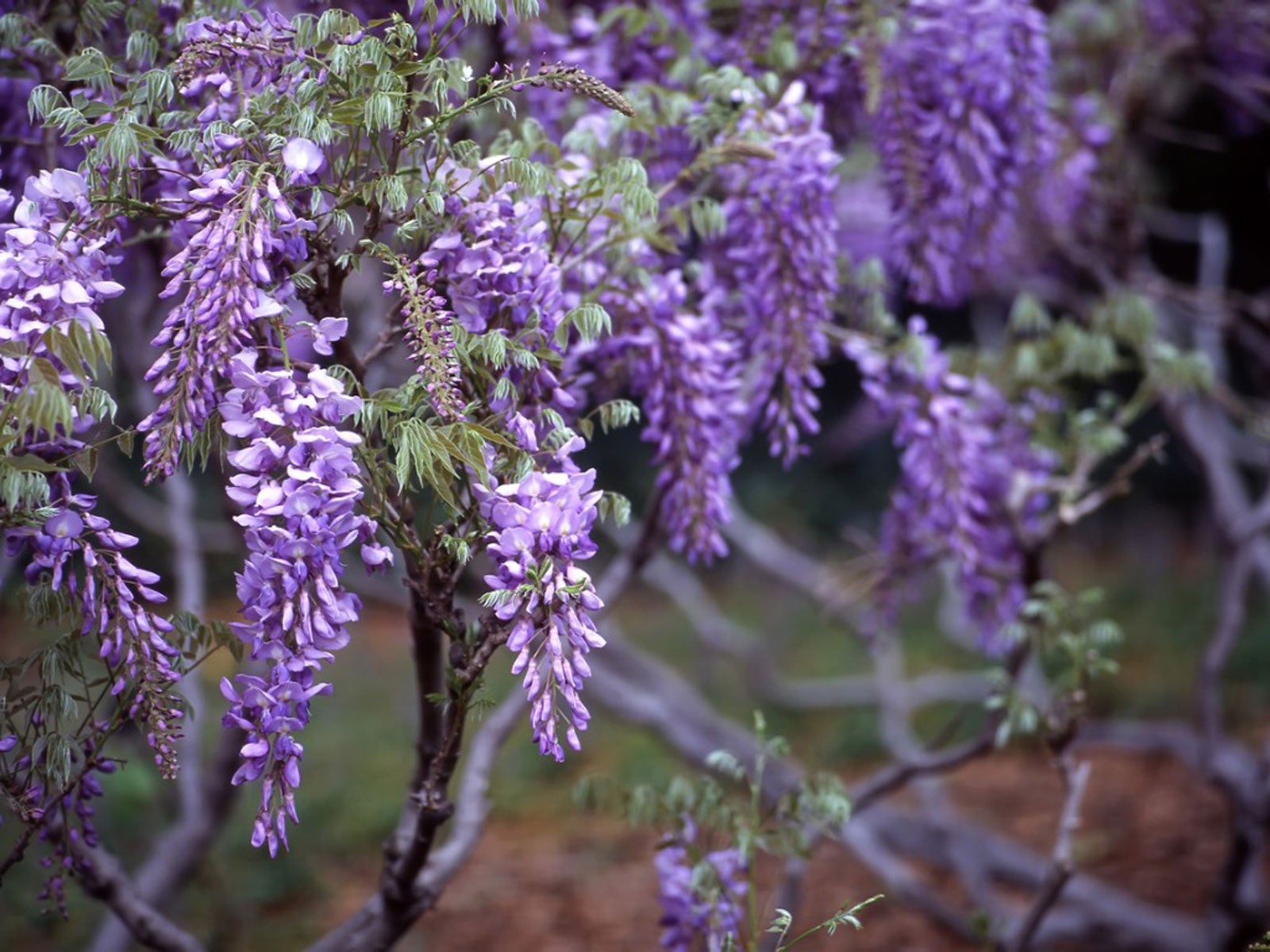How To Get Wisteria To Bloom - Fix Wisteria Blooming Problems


Wisteria is a vine that is well known for its vigorous growth and it's just as notorious for being reluctant to bloom. When a wisteria won't bloom, many gardeners get frustrated and ask, “Why is my wisteria not blooming and what is the secret on how to get wisteria to bloom?”.
There is no secret to fixing wisteria blooming problems. A little knowledge can help you quickly fix the problem. Let's take a look at what you need to do to understand how to get a wisteria to flower.
Reasons Why a Wisteria Won't Bloom
The most likely reason your wisteria won't bloom is due to too much nitrogen. When a wisteria plant has too much nitrogen, it will have plenty of foliage growth, but very little and maybe no blooms. Another reason for wisteria blooming problems is the environment they're growing in. Wisteria vines that lack full sun or proper drainage may be stressed, and while they will grow leaves, they will not bloom.
Why is My Wisteria Not Blooming
Improper fertilization may be the answer to the question. Fertilizing in the spring can encourage leaf growth and discourage blooms. Lack of maturity may also be the culprit. Most wisteria bought in plant nurseries are the proper age to start blooming, but if your wisteria was grown from seed or given to you by a friend, it simply may not be old enough to flower yet.
Wisteria must be 7 to 15 years old before they are old enough to bloom. The last, and least likely reason a wisteria won't bloom is over-pruning. Over-pruning will remove the flower buds. It is extremely difficult to over prune a wisteria, however.
How to Get Wisteria to Bloom
Since too much nitrogen is the most common cause of wisteria blooming problems, the easiest thing to do is to make sure this is not a problem. There are two ways to correct this cause of a wisteria not blooming.
The first is to add phosphorus to the soil. This is done by applying a phosphate fertilizer. Phosphorus encourages wisteria blossoms and helps to balance out the nitrogen.
Sign up for the Gardening Know How newsletter today and receive a free copy of our e-book "How to Grow Delicious Tomatoes".
The other way to reduce the amount of nitrogen a wisteria plant is getting is to root-prune the plant. This is done by taking a shovel and driving it into the ground in a circle around the wisteria.
Make sure that you do root pruning at least 3 feet (91 cm.) from the trunk, as root pruning too close to the plant can kill it. Using root pruning as a way how to get a wisteria to flower reduces the number of roots and, by default, the amount of nitrogen those roots take up.
If these methods do not work to correct your wisteria blooming problems, you can check to see if one of the other reasons may be the problem.
Is the plant getting enough sun? Is there proper drainage? Are you fertilizing at the right time, which is in the fall? Are you pruning properly? And is your wisteria old enough to bloom?
Wondering why wisteria not blooming is frustrating when you don't know the answer, so it's important to know how to get wisteria to bloom so you can start to enjoy the lovely flowers a wisteria produces.

Heather Rhoades founded Gardening Know How in 2007. She holds degrees from Cleveland State University and Northern Kentucky University. She is an avid gardener with a passion for community, and is a recipient of the Master Gardeners of Ohio Lifetime Achievement Award.